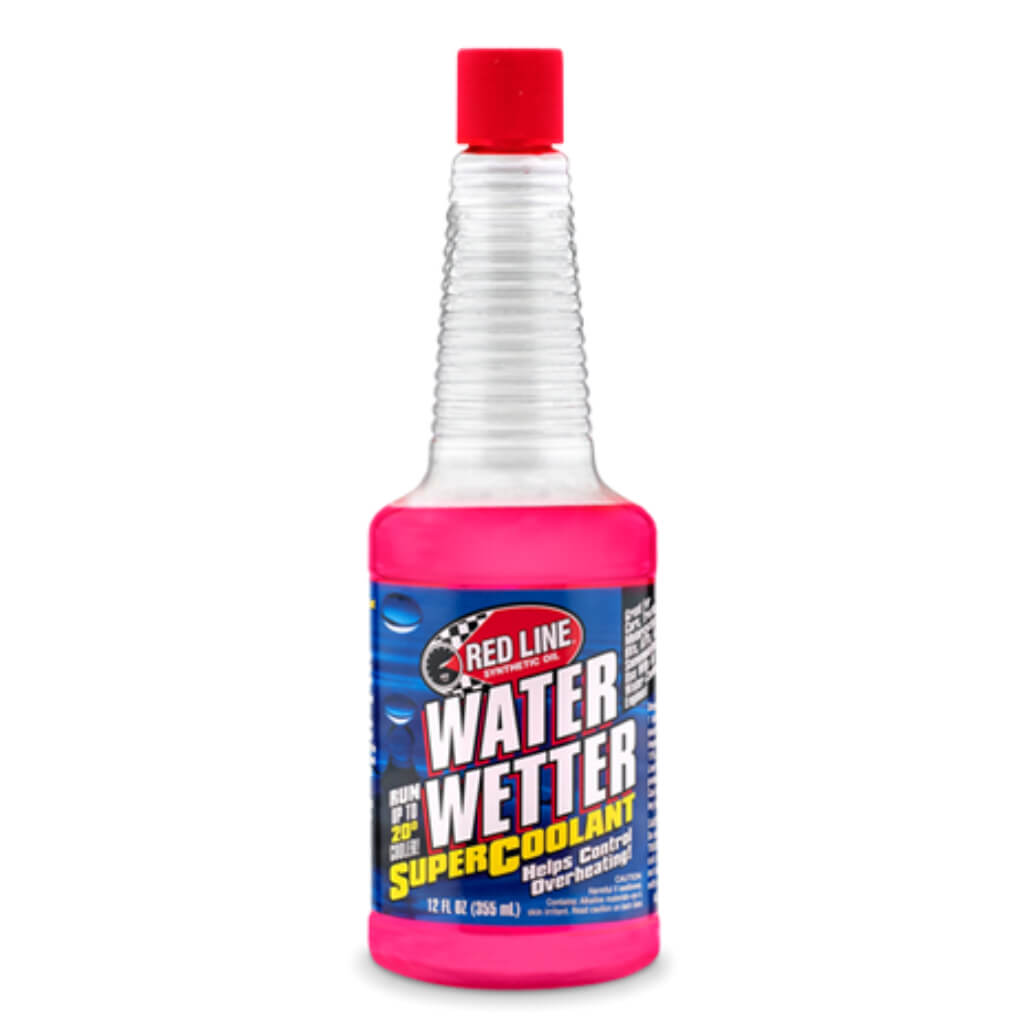
RED LINE OIL 80206 Additive Automotive Cooling System WaterWetter 18.93 L (5 gal)
This item is considered special order and is not available for immediate pickup or dispatch. Price and ETA may vary. Please note that no returns, cancellations, or refunds allowed on special orders.
RED LINE OIL 80206 Additive Automotive Cooling System WaterWetter 18.93 L (5 gal)
ATOMIC-SHOP UAE
26th Street - Al Quoz Industrial Area 2
Dubai DU
United Arab Emirates
ATOMIC-SHOP UAE (RABDAN Motorsport)
14 10b St - Al Quoz Industrial Area 3
Dubai DU
United Arab Emirates
Choose options
This item is considered special order and is not available for immediate pickup or dispatch. Price and ETA may vary. Please note that no returns, cancellations, or refunds allowed on special orders.
This item is considered special order and is not available for immediate pickup or dispatch. Price and ETA may vary. Please note that no returns, cancellations, or refunds allowed on special orders.
RED LINE OIL 80206 Additives Automotive Cooling System WaterWetter 18.93 L (5 gal)
- Unique agent for cooling systems that doubles the wetting ability of water
- Rust and corrosion protection allows for use of straight water in racing or reduced antifreeze levels in warm climates
- Improves heat transfer and reduces cylinder head temperature
- Use one bottle for most passenger cars and light trucks, treats 3 to 5 gallons or 13.2 to 15.9 liters, vehicles with larger cooling systems should use two bottles, small cooling systems should use 1oz (3 to 4 capfuls) per quart
- Compatible with new or used antifreeze (including DEX-COOL® and long-life versions) to improve the heat transfer of ethylene and propylene glycol systems
- Satisfies ASTM D2570 and ASTM D1384 corrosion tests for glycol-based antifreezes
- Contains no ethylene glycol
- Reduces or eliminates bubbles or vapor barrier that form on hot metal surfaces to reduce coolant temperatures by up to 20°
- Superior heat transfer properties compared to glycol-based antifreeze
- Compatible with new or used antifreeze (including DEX-COOL® and long-life versions) to improve the heat transfer of ethylene and propylene glycol systems
- Improves heat transfer and reduces cylinder head temperature
- Designed for use with all modern aluminum, cast iron, copper, brass and bronze cooling systems
- Cleans and lubricates water pump seals
- Reduces cavitation and complexes with hard water to reduce scaling
- Does not lower cooling system below the thermostatically-controlled temperature
